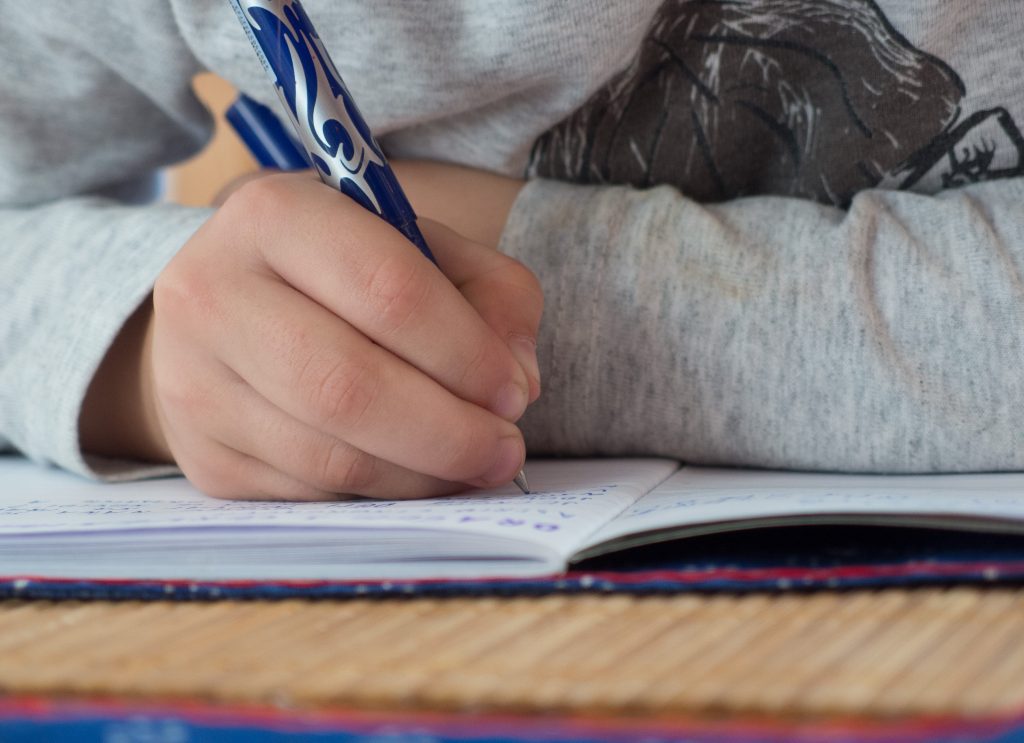The English language is made up of the 26 letters, A-Z, with 46 sounds or phonemes.
BUT…there is more than 1200 ways to spell them.
While there are some logical aspects to the English language, if you take into account letter patterns and word origins; it is nowhere near an exact science and this can make it very difficult for some children to learn.
When your child started school, they would have begun by learning the alphabet symbols: the letters A through to Z. Teachers generally start with the capital letters and then move onto the lower-case letters.
Once your child learns the letters symbols of the English language, the next thing they need to learn is the 46 sounds associated with these symbols. Not only that, this starts their epic journey to learn the 1200 plus ways they can be spelt.
It sounds complicated… and it is!
Now let’s add into the mix, that this year alone there have been 1000 or more new words added to the Oxford Dictionary.
‘Qantas’ the Australian airline, is an example of a word where the “Q” doesn’t have the letter “u“ after it, but it still makes the “cuh-wuh” sound we associate with the ‘qu’ letter combination. The word Qantas does not follow the usual rules of the English language.

Slang words, lazy pronunciation, speaking with an accent and text messaging can also alter the way an individual spells a word.
Learning words by sight, without having the knowledge of the 46 sounds or phonemes can prove challenging if a child does not have a good sight memory. It is more than scientifically proven that when phonemes are taught as part of a comprehensive phonics program, children learn to read and spell more easily.
I developed the Speech to Spelling Code™ to help children who struggle to learn to read and spell. Those with Dyslexia or those who have gaps in their understanding of the reading process. This code provides visual cues for every one of the 46 phonemes to enable learners to memorize words and achieve success.
Around 30% of children struggle to learn to read and spell at school. I’m guessing if you are reading this, then perhaps your child is one of them.
There are many areas of school difficulty that children can face.
Here are some:
- Problems with expressive speech called Apraxia. This is where a child has difficulty pronouncing words. They go to say a word, but they struggle to find it and then organize the movement of muscles to say it out loud.
- Difficulty storing a visual form of words into their long-term memory.
- Problems remembering the different sounds made by each letter or combinations of letters. Remember, there are 46 sounds for each of the 26 letters and 1200+ ways to arrange them in words.
- Difficulty hearing the sounds when they are spoken.
- Visual processing difficulty. This may result in distortions of text, shuddering of text, letters that move or flip on the page, eye fatigue and more.
 If your child has experienced one or more of these difficulties, then there is a good chance they will have gaps in their learning and have fallen behind in their reading.
If your child has experienced one or more of these difficulties, then there is a good chance they will have gaps in their learning and have fallen behind in their reading.
Teachers are incredibly busy these days and aren’t always adequately trained to identify the reasons a child is struggling to learn to read and spell. There isn’t always the time or the resources to develop individual learning support for every child who is struggling in the areas of reading and spelling.
All three of my children struggled with their reading, and because of this, I created a multisensory learning program to help them and other children just like them.
I would like to offer you the opportunity to watch a free webinar on the program I created. It’s titled “My unusual multisensory teaching method that taught my three struggling children to read and spell and how your children child can learn in just 10-minutes a day.”
The program is presented in a logical and systematic way with lots of time for practice and it takes just 10 minutes each day. Watching this webinar will also help to make you a great support person for your child by gaining more information about the phonic code within the English language.
If you would like to watch the webinar, I would invite you to click this LINK to find out more about the program that helped my three children to learn to read and spell and find success.
I guarantee it will help your child too.



















